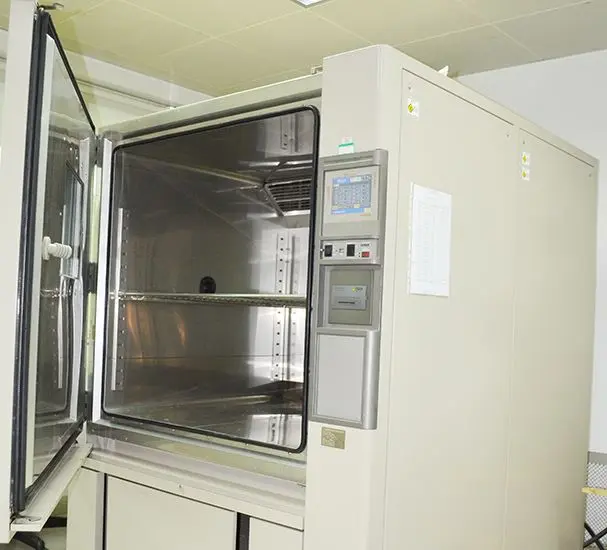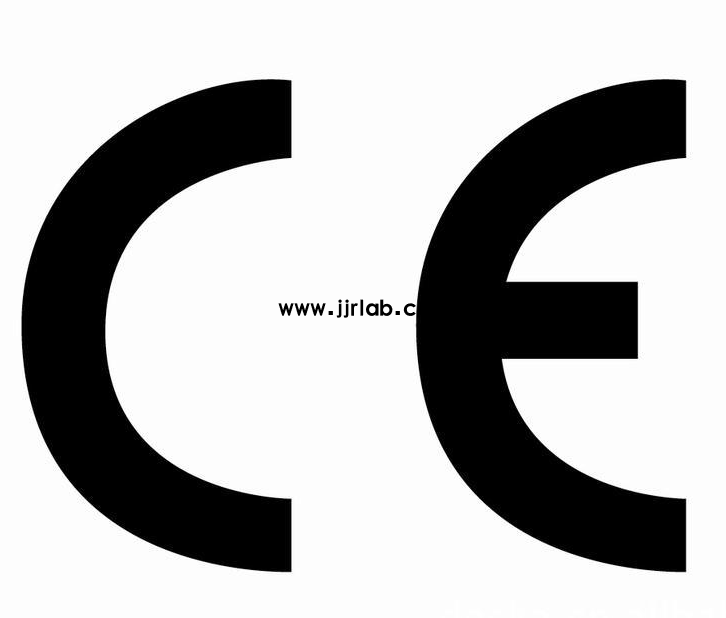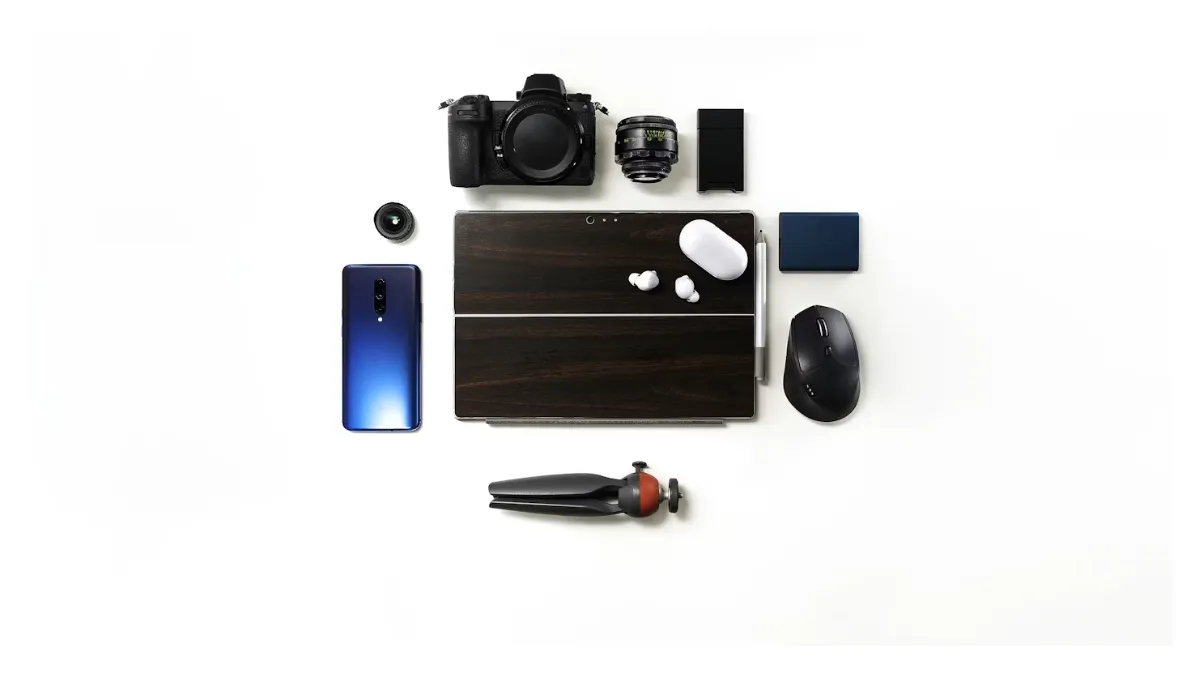
What is the 16 CFR Part 1263 Standard?
On September 21, 2023, the U.S. Consumer Product Safety Commission (CPSC) issued regULations under 16 cfr 1263for button or coin cell batteries and consumer products containing such batteries.
This mandatory regulation establishes performance and labeling requirementsfor button or coin cell batteries and consumer products containing them, aimed at eliminating or REDucing the risk of injury to children aged six and under from swallowing these batteries. The final rule adopts the voluntary standard ANSI/UL 4200a-2023as a mandatory safety standardfor button or coin cell batteries and consumer products containing them. The final rule includes a 180-day transition periodfrom September 21, 2023, to March 19, 2024, after which compliance becomes mandatory.

Scope
16 CFR 1263applies to single-cell “button or coin cell batteries”whose diameter is greater than their height. However, the rule exempts:
- Toy products intended for children under 14 (these must meet 16 CFR 1250 requirements)
- Zinc-air batteries
Main Tests Included
1. Pretreatment test (high-temperature test)
2. Drop test
3. Steel ball impact test
4. Pressure test
5. Torque test
6. Pull test
7. Label assessment
Exemptions
- Toys meeting the battery accessibility and labeling requirements under 16 CFR 1250
- Button or coin batteries determined by CPSC to present no ingestion hazard, e.g., zinc-air button or coin cells
ANSI/ul 4200a-2023 Requirements for Consumer Products Containing Button or Coin Cell Batteries
- Battery compartments containing replaceable button or coin cell batteriesmust require tools or at least two independent actionsto open.
- Button or coin cell batteries must not be accessible to childrenduring normal or abuse testing.
- Product packaging must include warning labels, and the product itself must have warnings if applicable.
- Instruction manuals must include all applicable warnings.
Instruction Manual Warning Requirements
Manuals (if included) should contain all applicable markings from Figures 7B.1 or 7B.2, plus:
a) “Remove and immediately recycle or dispose of used batteries according to local regulations, away from children. Do not dispose of batteries in household trash or by incineration.”
b) “Even used batteries may cause severe injury or death.”
c) “Call the local poison control center for treatment information.”
d) Specify compatible battery types (e.g., LR44, CR2032).
e) Indicate the nominal battery voltage.
f) “Non-rechargeable batteries must not be recharged.”
g) “Do not force discharge, recharge, disassemble, heat above (manufacturer-rated temperature), or incinerate. Doing so may cause venting, leakage, or explosion, resulting in cheMICal burns or injuries.”
For products with replaceable button/coin batteries, also include:
a) “Ensure batteries are installed correctly according to polarity (+ and -).”
b) “Do not mix old and new batteries, different brands, or types (e.g., alkaline, carbon-zinc, rechargeable).”
c) “Remove and immediately recycle or dispose of batteries from devices not used for long periods according to local regulations.”
d) “Always fully secure the battery compartment. If it cannot be closed securely, stop using the product, remove the batteries, and keep them away from children.”
For products with non-replaceable button/coin batteries, include a statement indicating the battery is non-replaceable.
ANSI/UL 4200A Standard Overview
The standard focuses on preventing children from ingesting or inhaling button/coin batteries, with the following requirements:
1. Structural Requirements
1.1 Child-Resistant Compartments
- Products with replaceable batteries:
Designed to require tools (e.g., screwdriver, coin) or at least two independent simultaneous actions to open the battery compartment.
- Products with non-replaceable batteries:
Designed so batteries are not accessible or are permanently secured (e.g., via welding, riveting).
2. Performance Tests
2.1 Pretreatment Tests
- Stress-relief test: 70°C or higher (actual temperature rise), 7 hours
- Battery replacement test: Open/close battery compartment and replace batteries 10 times
2.2 Abuse Tests
- Drop test: Mobile products – 1 m, 3 times; Handheld products – 1 m, 10 times
- Impact test: 2 J, 3 times, 50.8 mm diameter, 500 g steel ball
- Compression test: 330 ±5 N (74.2 ±1.1 lbf), 10 seconds
- Torque test: 0.50 Nm (4.4 in-lbf), 10 seconds
- Pull test: 72.0 N (16.2 lbf), 10 seconds
- Crushing test: 136 N (30.6 lbf), 10 seconds
2.3 Battery Compartment Safety Test
- Pull test: 20 ±2 N (4.5 ±0.4 lbf), 10 seconds
Sample Quantity and Test Duration
- Number of samples: 3 (or as required for testing services)
- Test cycle: 5–7 business days
Email:hello@jjrlab.com
Write your message here and send it to us
 How to Test IP68 Rating
How to Test IP68 Rating
 Differences Between FDA and LFGB for Food Contact
Differences Between FDA and LFGB for Food Contact
 Process and Precautions for Amazon CPC Certificate
Process and Precautions for Amazon CPC Certificate
 E-mark Certification Testing Service Laboratory
E-mark Certification Testing Service Laboratory
 Amazon ISO/IEC 17025 UL Testing Service Laboratory
Amazon ISO/IEC 17025 UL Testing Service Laboratory
 How to get CE Certification for Lighting Products?
How to get CE Certification for Lighting Products?
 CE Certification Standards & Process for Elect
CE Certification Standards & Process for Elect
 Japan METI Registration & Japanese Agent Servi
Japan METI Registration & Japanese Agent Servi
Leave us a message
24-hour online customer service at any time to respond, so that you worry!




